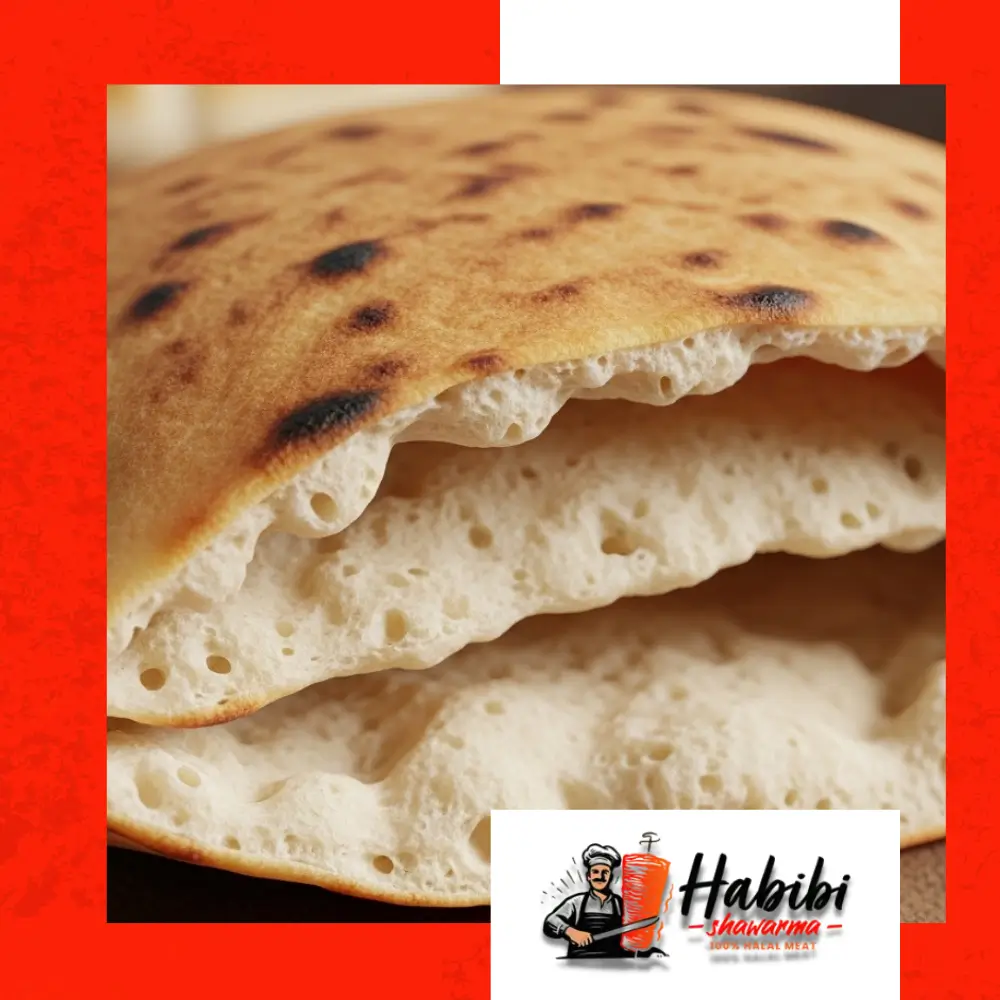There’s something uniquely satisfying about tearing into a warm, fluffy round of pita bread. With its soft texture, golden surface, and signature pocket, pita has earned its place on dining tables around the world. From breakfast to dinner, this versatile flatbread effortlessly complements a wide range of meals while remaining wholesome, delicious, and convenient.
What Makes Pita Bread Special?
Pita bread is a round, leavened flatbread that puffs up when baked at high temperatures, creating a natural inner pocket. This makes it perfect for stuffing with meats, salads, spreads, or even sweet fillings. Originating from Middle Eastern and Mediterranean cuisines, it has become a pantry essential thanks to its simplicity and functionality.
Whether you enjoy a soft white pita, whole wheat pita, or even a gluten-free version, the beauty lies in its ability to suit every palate and dietary preference.
Fluffy, Pocketed, and Ready for Anything
Few breads match the charm of a freshly baked pita. Its light, airy texture and mild flavor make it a perfect canvas for culinary creativity. You can:
- Split it open and fill with grilled veggies, falafel, or chicken
- Slice it into wedges and dip into hummus, labneh, or garlic sauce
- Toast it for crunchy pita chips
- Use it as a pizza base for quick meals
The pita pocket isn’t just a clever feature—it’s a functional design that turns this bread into an edible container.
Fresh Pita Bread: A Sensory Experience
The key to enjoying authentic pita bread is freshness. When warm, the bread is slightly chewy with a subtle yeasty aroma. It bends easily without cracking and complements both savory and sweet fillings. When reheated briefly, pita regains its pillowy softness and flexibility—ideal for wraps and sandwiches on the go.
Whole wheat pita bread adds an earthy taste and fiber boost, while lighter versions are perfect for those seeking low-calorie options.
Nutritional Benefits of Pita Bread
Besides its taste and texture, pita bread also scores high in nutrition. A standard piece offers:
- Complex carbohydrates for sustained energy
- Moderate protein levels
- Minimal fat content
- Iron, B vitamins, and magnesium
When made from whole grains, it contributes to digestive health and provides lasting satiety. It’s no wonder pita is a preferred bread for balanced diets, especially in Mediterranean and plant-based lifestyles.
Pita Bread Variations for Every Taste
Whether you’re looking for something hearty, light, or diet-friendly, there’s a pita for you:
- Mini Pita: Ideal for appetizers or kids’ meals
- Whole Grain Pita: A fiber-rich alternative
- Stuffed Pita: Pre-filled or ready-to-fill options for convenience
- No Pocket Pita: Thicker style used for wraps or personal pizzas
These subtypes help meet different preferences without compromising on flavor or flexibility.
Tips for Enjoying Pita Bread at Its Best
To get the most out of your pita experience:
- Store it in a bread box or airtight bag to retain moisture
- Warm it in a skillet or oven for a fresh-from-the-bakery feel
- Pair with olive oil, za’atar, or tahini for a flavorful bite
You can also cut it into triangles, drizzle with olive oil, sprinkle with sea salt, and bake for homemade pita chips—great for salads, soups, or party platters.
A Timeless Flatbread with Modern Appeal
Pita bread remains a timeless choice, not because it’s fancy, but because it’s incredibly functional, wholesome, and adaptable. It supports balanced eating habits while allowing endless creativity in the kitchen. Whether you’re preparing a quick lunch, assembling a mezze platter, or just craving warm bread to accompany your meal, pita delivers simplicity and satisfaction in every bite.
From ancient traditions to modern kitchens, pita continues to bring people together—one soft, warm round at a time.
READ MORE:

